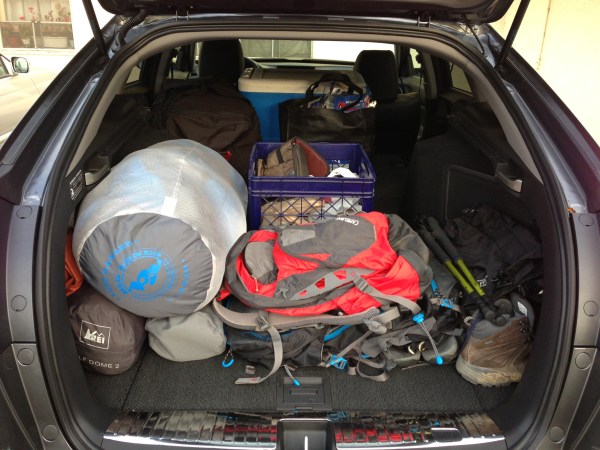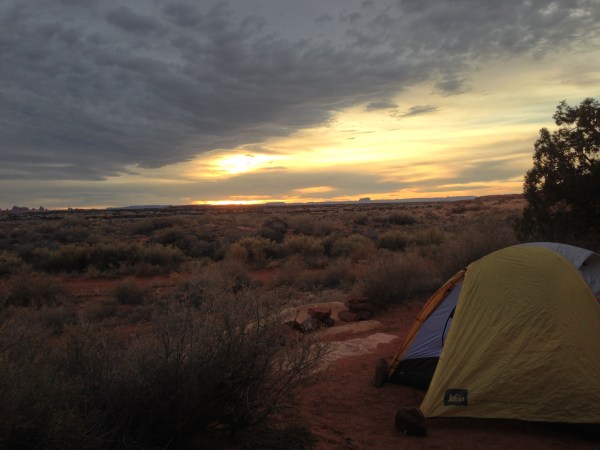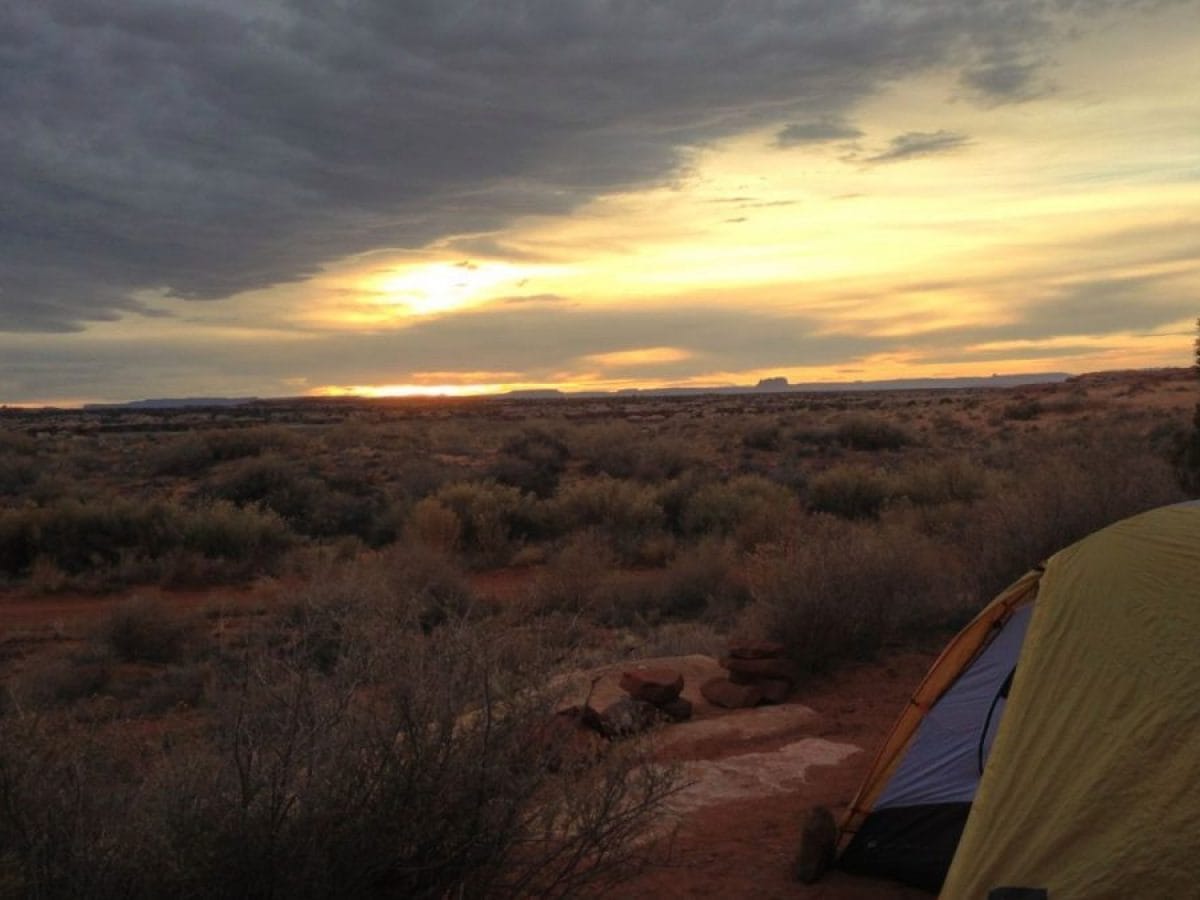Camping is one of the best ways to truly enjoy some time in nature, but sometimes organizing a group camping trip isn’t the easiest thing in the world to do. If juggling work schedules, rideshares and gear lists is keeping you from actually getting outside and setting up a tent, consider the revolutionary notion of solo camping.
At first glance, many people will wonder what the point is of camping by yourself. Yes, gathering your friends around a campfire to swap stories, roast marshmallows, and complain about aches and soreness from the day’s hike is a time-honored way to end a day in the woods. But if you’re up for the challenge, solo camping can highlight some parts of the backcountry experience you might otherwise miss in a larger group.

Here are some tips for planning your first solo camping adventure.
- Know that the greatest source of fear for solo camping isn’t bears or rattlesnakes or giant vampire bats—it’s your brain. As is true with most things, we only hear about the bad stuff in the media. The truth is, you’re statistically much more likely to be injured driving to the trailhead than you are on the trail itself.
- That said, you should be extra prepared when going solo. Triple-check to make sure you have all of the Ten Essentials and be sure to leave an itinerary and check-in plans with a trusted friend.
- Remember that because there’s no one joining you, there’s also not another set of legs to help you pack in all that gear. Bring your lightest gear and try to leave those “luxury camping” items at home. If it’s going to be warm and dry, consider ditching the tent to sleep under the stars, or ditch the sleeping bag for a hammock. Don’t overpack!
- For added peace of mind, consider picking up an emergency beacon. Lower-cost consumer-grade units like a personal locator beacon not only let you call for help in case of an emergency, but can also send check-in messages to friends and family along with your GPS location. When I’m hiking or backpacking solo, I always make sure this is on my pack.
- For your first time, choose a location you’re already familiar with. Maybe it’s a place you’ve camped at before with others, or a backcountry camp you’ve hiked through on day trips. Knowing the territory—and maybe where you’ve previously seen poison oak—gives you one less thing to worry about.

Finally, enjoy the more meditative aspects of camping solo. Without others around you, odds are you’re going to have an increased awareness of your surroundings and the experience. Lakes may seem more refreshing, fresh air more exhilarating, sunsets more inspiring. And if you do happen to meet fellow campers along the way, you’re probably going to be chattier than usual. If you packed light, sneak in some treats for your camp neighbors and you just might make some new camping buddies for your next non-solo trip!
